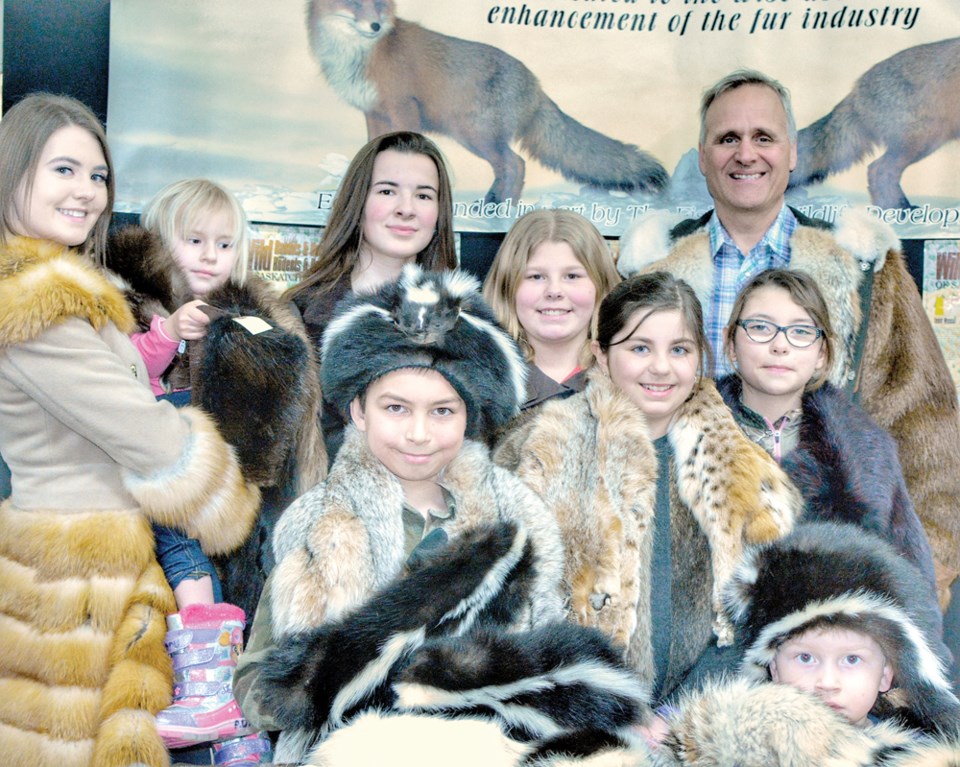Humboldt was busy on the weekend with around 340 trappers coming into the city for the 49th annual Saskatchewan Trappers Association Convention on March 16-17.
This was a record setting convention for the association says Ryan Demchynski with the Association.
The weekend started with their annual general meeting on Friday evening with two resolutions passing through the association, including reinstating the coyote season, beaver initiatives, and the use of free hanging snares. All of these resolutions will be taken to the provincial government’s Ministry of Environment to be passed into law.
Reinstating coyote season will make shooting coyotes in the summer months, orphaning pups and wasting fur illegal except for farmers protecting livestock.
The beaver initiatives resolution will promote beaver pelts as valuable for more than just its tail.
“Instead of the beaver tail bounty that’s going through right now, this way it’s showing that the beaver is a valuable furbarer and that it’s getting used, not just killed for its tail and going to waste,” says Demchynski.
After the general meeting, the rest of the week was the time to have some fun, says Demchynski with skinning seminars, tradeshow, demonstrations, and competitions and fur fashion show throughout the Saturday.
All trappers in Canada must use traps that have been tested and approved by veterinarians at Fur Institute of Canada’s Vergeville research facility.
“Trap manufacturers bring their traps there and they’re tested in real life conditions and all the results are checked over by independent veterinarians with full autopsies,” says Demchynski.
Any traps that are not approved by the facility are not legally used in Canada, he says, with members of the Association reporting illegal trapping equipment.
Canadian standards for humane animal treatment are the highest in the world and the convention was a great learning opportunity, says local trapper Reggie Gaetz.
The market for coyote fur has been strengthened by use in winter coats, including the Canada Goose jackets, says Gaetz.
The market is also huge in Japan with western heavy coyotes, located in Alberta and Saskatchewan, being sent through Helsinki with the majority of the furs coming from Saskatchewan, says Demchynski.
Looking from inside the trapping industry, says Demchynski, there is a lot of criticism from outside the industry. However, he says, with animal management and regulations, all animal species being trapped are only those species with healthy numbers.



